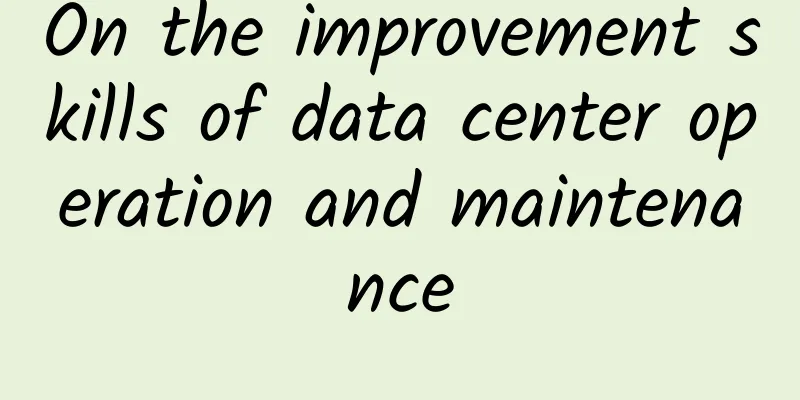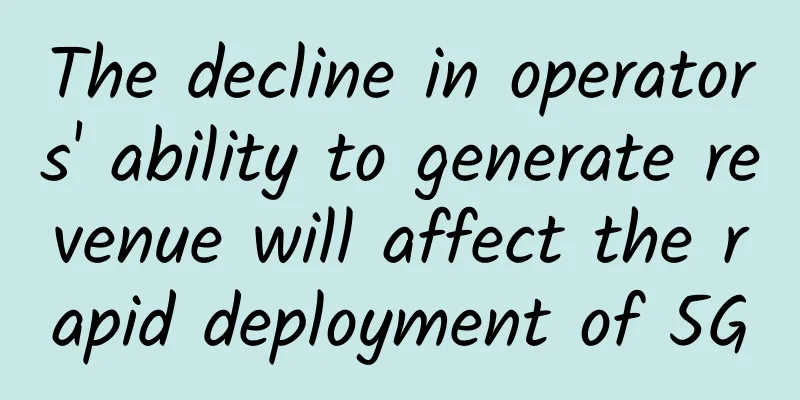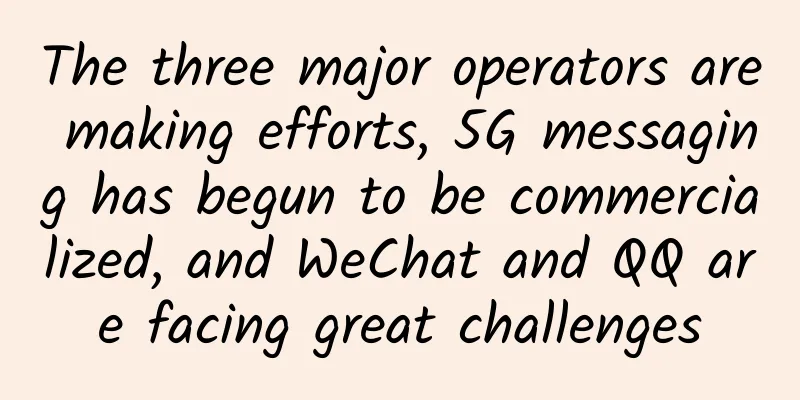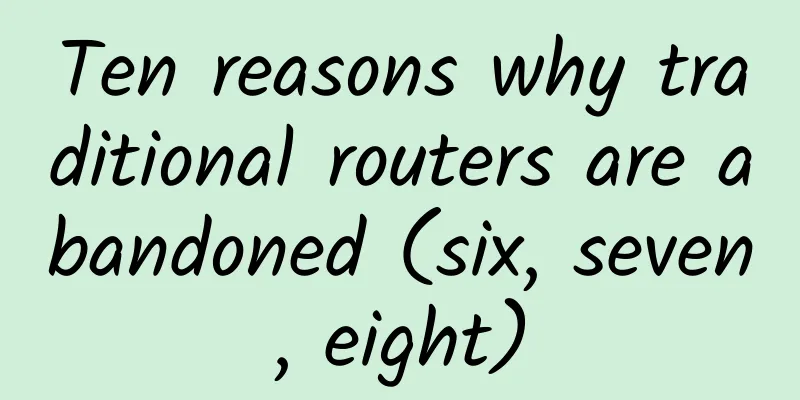Let’s talk about the Vrrp protocol?

|
This article is reprinted from the WeChat public account "Java Geek Technology". You can follow it through the following QR code. To reprint this article, please contact the Java Geek Technology public account. keepalived is a high-availability service solution based on the VRRP protocol, which can avoid IP single point failure. Generally works with other load balancing technologies, such as LVS, Nginx, etc. to achieve high availability of the cluster. Today, I will talk about VRRP protocol Introduction to VRRP (Forwarding Mechanism)
VRRP Status VRRP routers have three states during operation:
Generally, the main router is in the Master state and the backup router is in the Backup state. The VRRP working process is as follows:
Reflection in the project As shown in the figure, we can see that when the front-end requests the back-end, we do not let it directly send the request to the actual server, but request the virtual IP. At this time, if the master server is not faulty, it will send the front-end request to the real server. If the master fails to work, the backup server will forward the front-end request to the real server (Afen uses dotted lines in the figure to indicate that when the master fails, the backup is responsible for forwarding requests), thus achieving high availability of the service. That’s all. Thank you for reading. |
<<: The Wireless Network Alliance praises Wi-Fi 6E, and the future is promising
>>: The development of 5G and IoT technologies will help the electronic testing market grow
Recommend
SD-WAN vs. SASE? No!
The canonical definition of SASE includes five fu...
Japanese media: China may be the first to master 5G international standards
China, which has no say in almost all modern scie...
CDN network development trend: Accelerate the integration and innovative development with new technologies
In the process of development, CDN networks have ...
3 minutes to let you practice the "great movement" of the seven-layer network model
We know that the direct connection between two co...
How powerful is 5G?
The reporter learned from the interview that my c...
ZJI: Hong Kong Huawei Cloud line server monthly reduction of 300 yuan, E3 server monthly payment starts at 450 yuan
ZJI released the promotion information for Septem...
The Tonghu Science City project started construction to create a "super cloud store terminal data" industrial ecosystem and effectively promote the upgrading of Huizhou's information industry
City leaders Chen Yiwei, Mai Jiaoming, Huang Yanx...
Application of 5G IoT in Commercial Buildings
The long-awaited 5G technology is finally here. I...
AkkoCloud: UK CN2 GIA/Germany CN2 GIA/US CN2 GIA high bandwidth VPS quarterly payment starts from 99 yuan
We know that the CN2 GIA line is one of the relat...
Three major operators rush to climb Mount Everest to support 5G
Good news comes from Mount Everest one after anot...
Pivo: $5/month KVM-4GB/40G SSD/2TB/Phoenix Data Center
Pivo claims to have started in 1997(?). The merch...
KVMLA Japan/Singapore dedicated server monthly payment 30% off, 595 yuan/month E3-1230v3, 16G memory, 480G SSD, 20M bandwidth
KVMLA has launched a special promotion for dedica...
How to force close TCP connection in Go
[[425673]] This article is reprinted from the WeC...
How practical is 5G for ordinary people?
5G has three main advantages over 4G: high speed,...
China's new breakthrough in optical communication research: one optical fiber can support 13.5 billion people talking at the same time
[[182609]] The first 560Tb/s ultra-large capacity...






![[Black Friday] ZJI Hong Kong Alibaba dual-line server monthly payment is reduced by 350 yuan, and Hong Kong Kuiwan high-defense server monthly payment is reduced by 1,500 yuan](/upload/images/67cac496301ca.webp)


